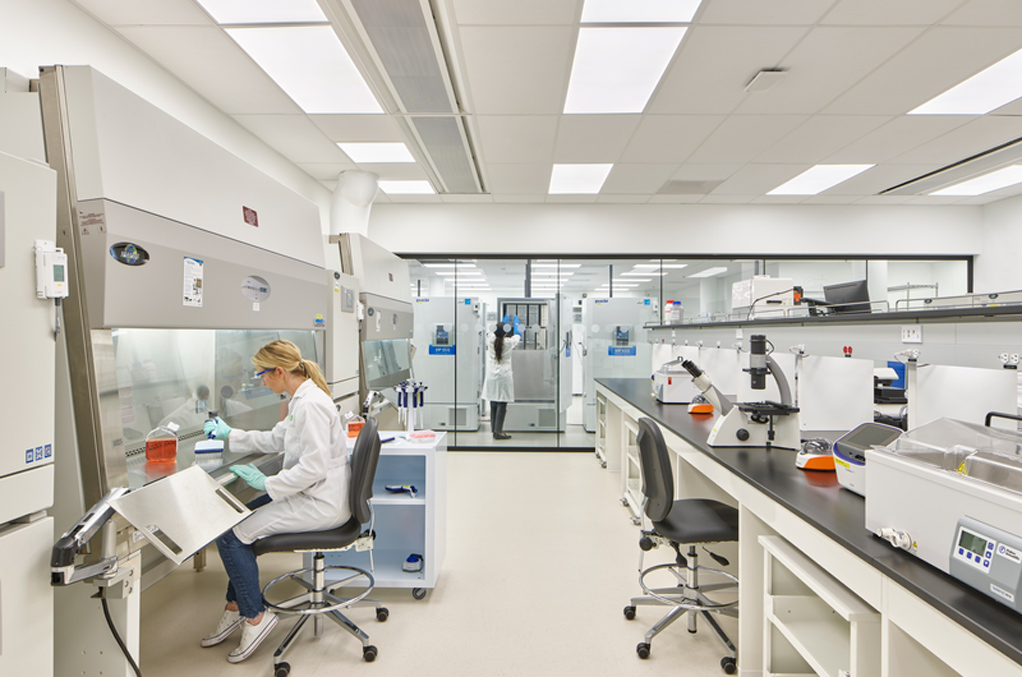By 2020, life sciences facilities were on the rise. Enter the pandemic, and the urgent need for vaccine research & development labs and manufacturing facilities created a spike in life sciences construction. However, with less emphasis on vaccine development and a subsequent cooling of that spike, many geographic regions now find themselves grappling with a saturated market.
“Nearly every major market saw a life science construction boom as the world recovered and anticipated tooling up from COVID,” says Michael Luciani, senior vice president at STO Building Group. “But the market has since plateaued and returned to pre-pandemic growth levels, which we’re seeing reflected in the construction projects in the pipeline.”
Recent developments indicate a strategic pivot among industry leaders. In a recent investor meeting, a leading pharmaceutical company underscored a renewed focus on patient care as the cornerstone of its mission. This shift in priorities is reflected not only in their product development strategies but also in their approach to building design and construction.
“The key focus is patient care,” says Luciani. “Their efforts are focused around delivering products that help patients, and the demand for facilities that help them do that will follow.”
This patient care focus is crossing into the healthcare and higher education sectors as well. A backlog of deferred acute and primary patient care facilities has suddenly hit the market, sparking a significant boom in healthcare construction. Concurrently, higher education institutions are increasingly taking on the mantle of R&D, assuming roles once dominated by life sciences firms who are now refocusing on core product development.

As pharmaceutical firms and developers recalibrate their strategies, the industry braces for continued evolution, guided by a steadfast commitment to improving patient outcomes.